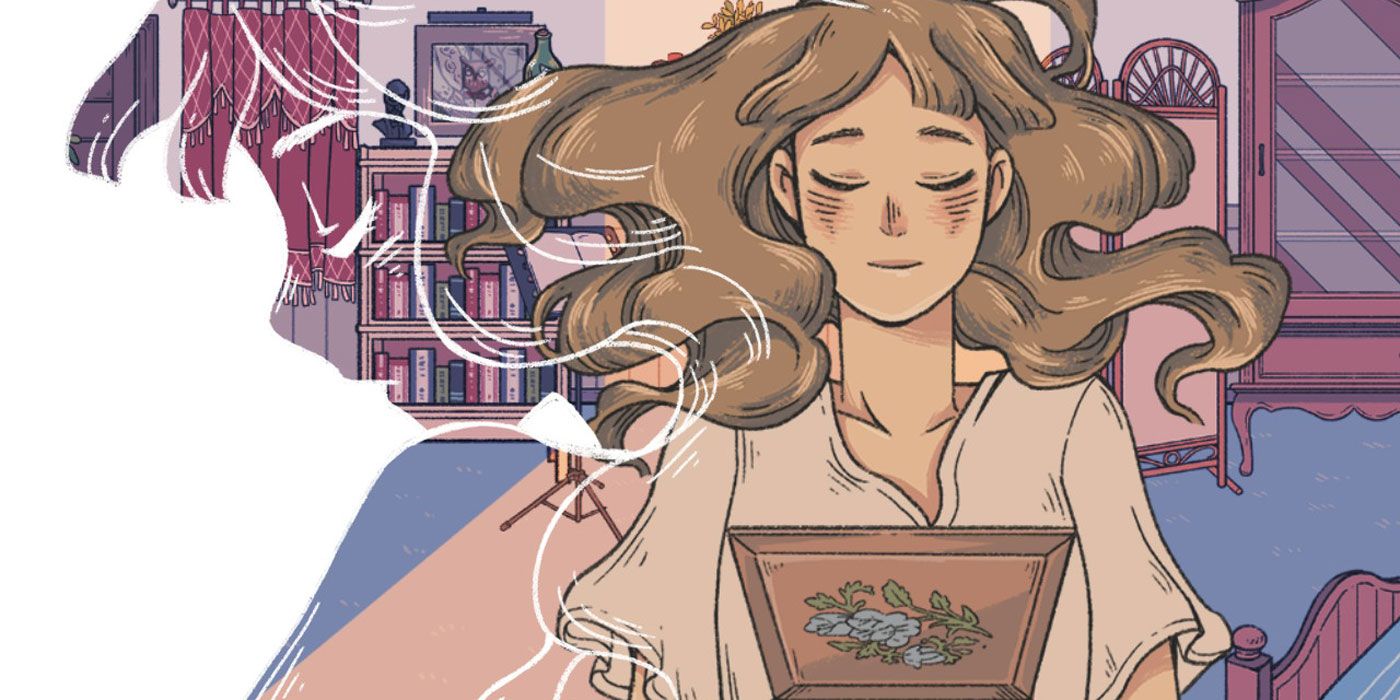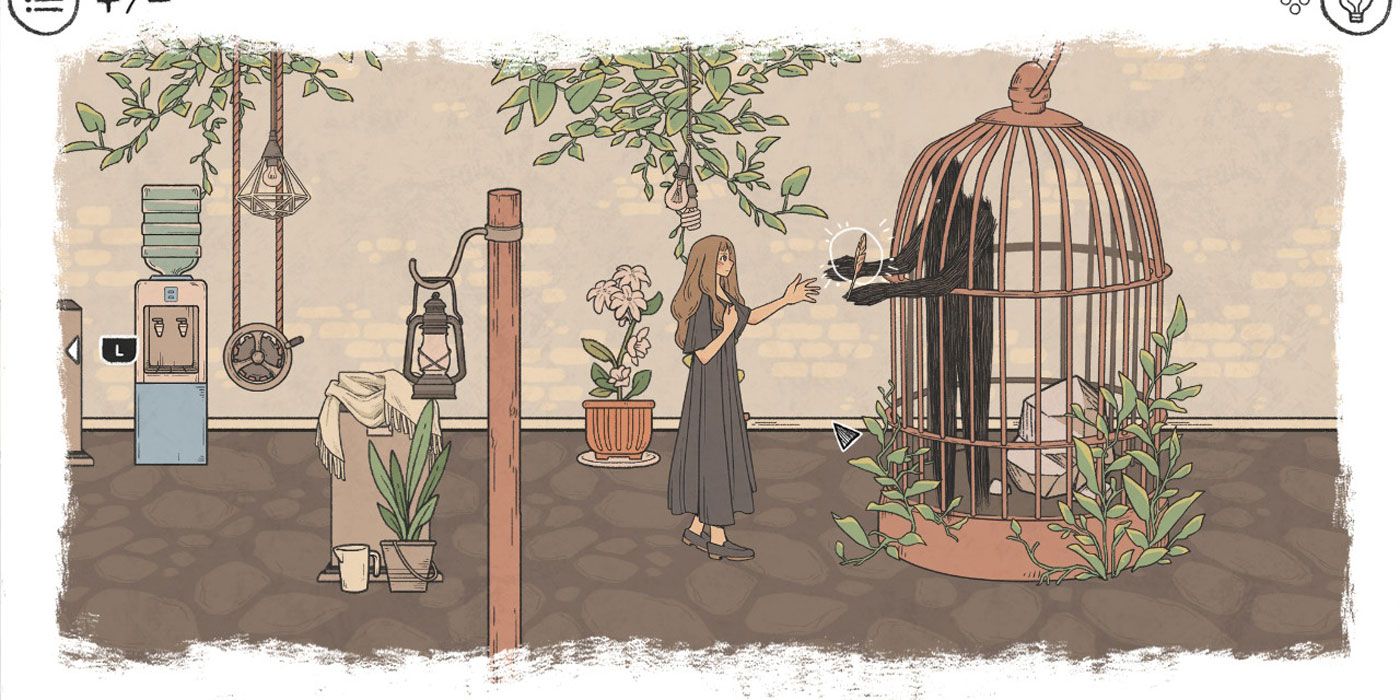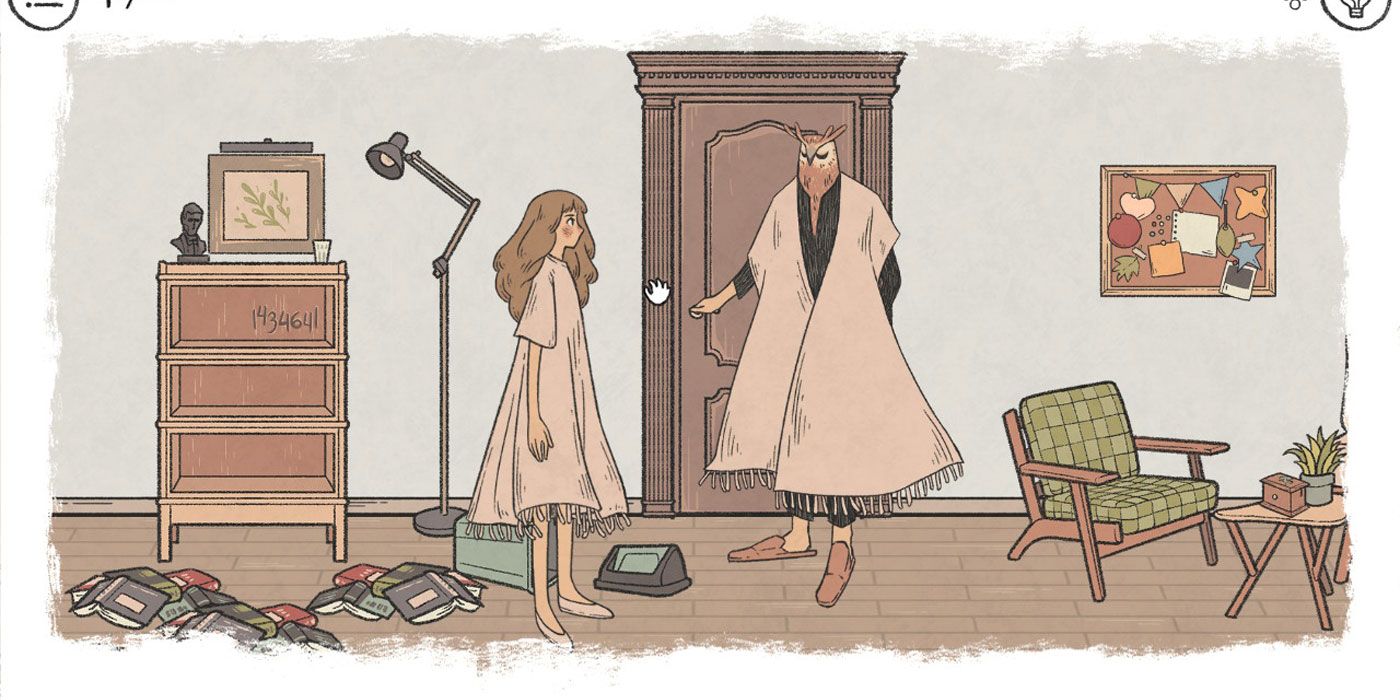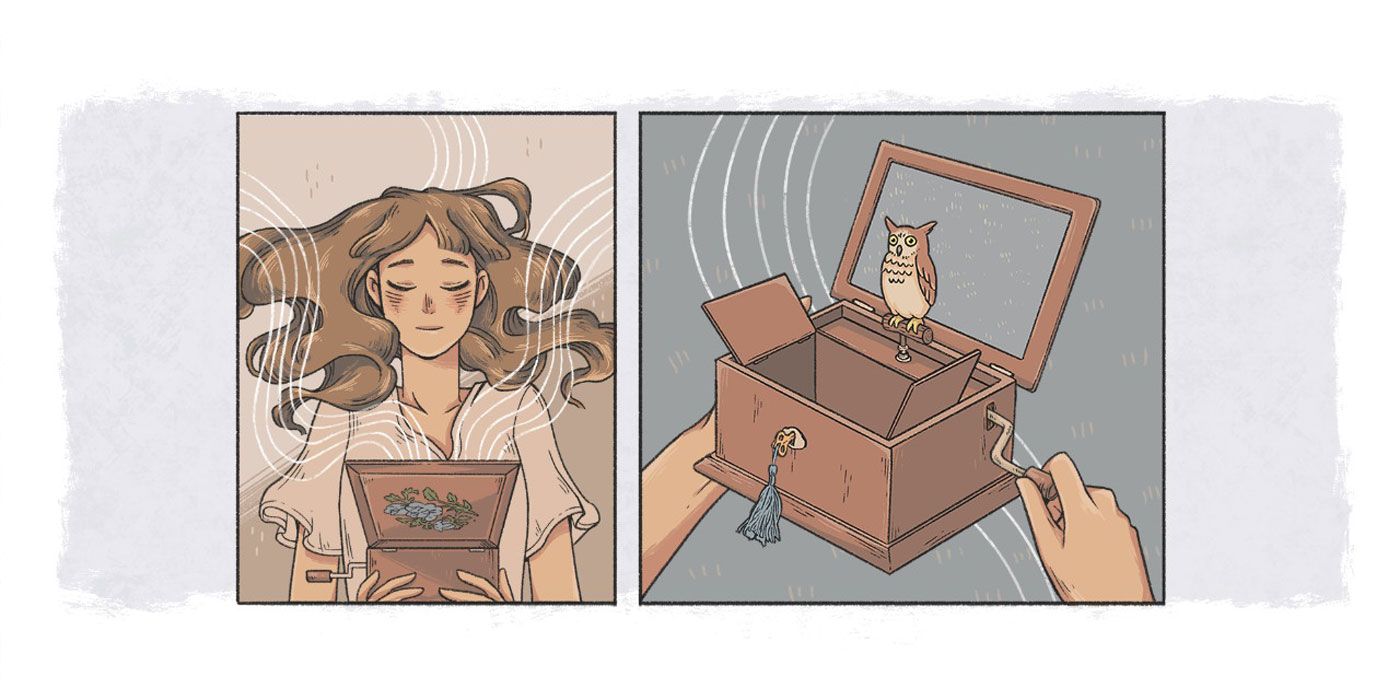Warning! The following contains spoilers for When the Past was Around, available now on Nintendo Switch and Steam.
The recent Indie World direct from Nintendo closed out the year in a big fashion, or at least as big a fashion as games from smaller developers can. Among Us finally made its way to Switch, with several great looking titles like Spelunky 2, Grindstone and Gnosia not far behind.
Among those games was the relatively quiet announcement of When the Past was Around making its way Nintendo's popular handheld. While it may look unassuming, When the Past was Around may actually be one of the most emotionally charged indie experiences of the year.
Frankly, nothing will break your heart quite like an indie game will. The genre has developed a reputation for using the medium of gaming to tell some of the most gut-wrenching stories in new and unique ways. When the Past was Around immediately drew us in with a stunning hand-drawn art style, which carries with it both a sense of whimsy and a sense of foreboding as it pulls you into what can best be described as a light point-and-click title. The game opens on Eda as she finds herself in a world of music and light, faced with a mysterious shadow creature who is locked in a cage.
The creature is actually Eda's lover, Owl, portrayed as a tall, strikingly handsome and skilled violinist. Eda herself was a violinist once, but she's at odds with the instrument, and it's implied she may have been for some time. At one crucial point, her frustration builds until she shatters her violin, struggling to hit the right notes. The game has Eda revisiting the past to find what has happened to Owl, but it is a narrative-driven indie game...you can probably figure it out for yourself.
When the Past was Around isn't about a shocking final twist about any character's fate, though. It's about the representation of the emotions within. Eda traverses the world by solving puzzles that allow her to move from one moment in time to the next, as portrayed by moving through doorways into the next room. Sometimes, though, all the pieces aren't necessarily there; she may have to venture back to a previous room to find a previously inaccessible item that allows her to move forward. The past is literally around Eda at all times, and as time moves on and you find yourself closer to Owl's eventual fate, how Eda interacts with the rooms changes as well.
At the peak of their relationship, navigating the rooms seems clear. You open boxes with box cutters, wash clothes to uncover hidden messages or even just simply count the number of objects to find a code. At most, you may have to find a way to trick a bird into letting go of a puzzle piece. The puzzles are fun, and you're not looking for anything inherently serious; you're slotting shapes into locks or watering a plant so it grows to release the key needed to unlock a journal.
However, as time goes on, the puzzle's clues become less obvious, you become more aware of the rising music and the tone becomes fraught. Eda must resort to frantically searching for answers, which is communicated perfectly via the game design. The whimsical tone fades away as you follow trails of feathers throughout the house. Rooms once filled with potted plants and shelves of books are left in disarray as you toss the room, frantically searching for something as mundane as a blanket and a bottle of pills. It creates a sense of unease, an emotional connection with Eda that most games dream of having. Sure, you solved the puzzle, but look at what it took!
In many ways, the game reminded us of GRIS, another indie darling with a gut-punch of a story. Though they're two different experiences, the two evoked similar feelings, which is definitely intended as a compliment. However, I found When the Past was Around's light point-and-click puzzling to be simultaneously a more relaxing and more engaging experience. The game never gets too challenging; the hardest puzzles simply required some scratch paper to make notes before I ventured into the next room. This game is all about putting you in the shoes of its characters and making you feel the heart of the story around them.
Of course, much like GRIS and other indie games of this style, there is a tradeoff. When the Past was Around is short -- almost criminally so, clocking in at around 2 hours. Still, it's an incredibly well done and memorable 2 hours, and the short time may make it more comparable to an interactive film than a game. At a time when games are becoming juggernauts requiring hundreds of hours of gameplay, When the Past was Around settles firmly into the short but sweet category, focusing more on a fine-turned, narrative experience than an overwhelming open world. We deeply enjoyed the profound story and gorgeous stylings of When the Past was Around and cannot recommend it enough to gamers looking for an experience as enjoyable as it is bittersweet.
Developed by Mojiken and published by Toge Productions, When the Past was Around is available now for Steam and Nintendo Switch.




